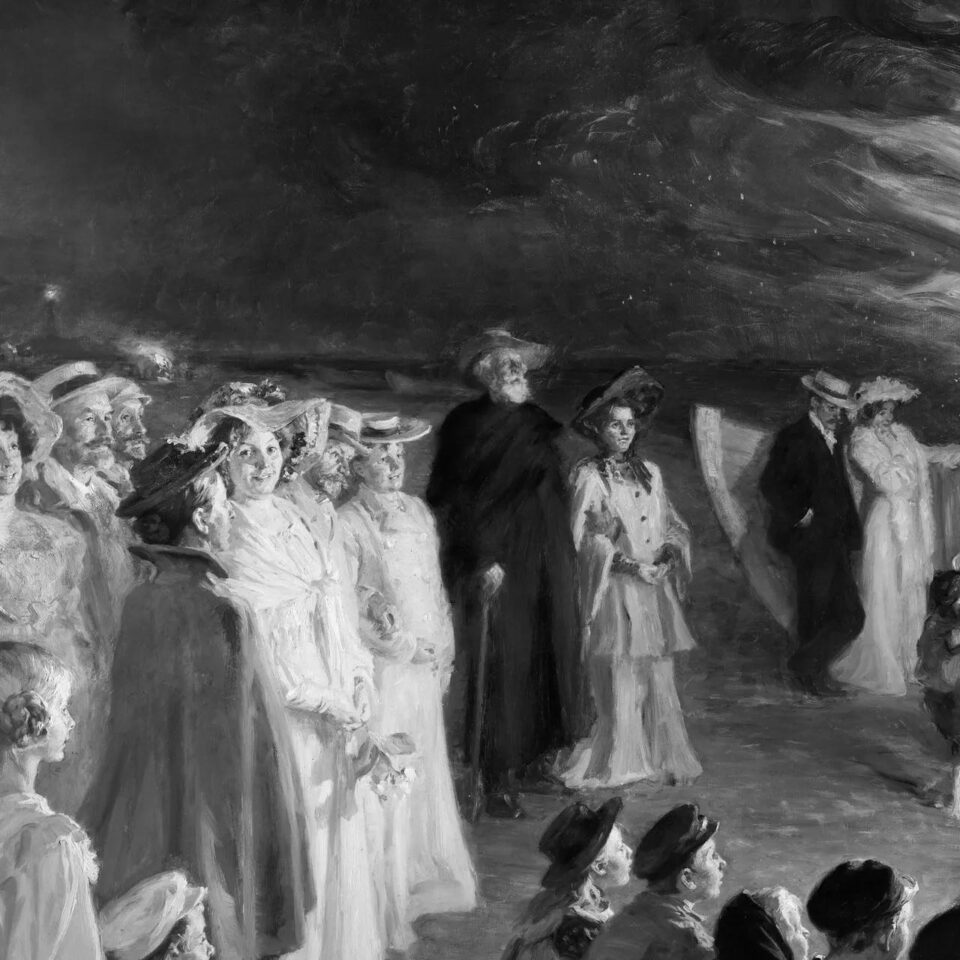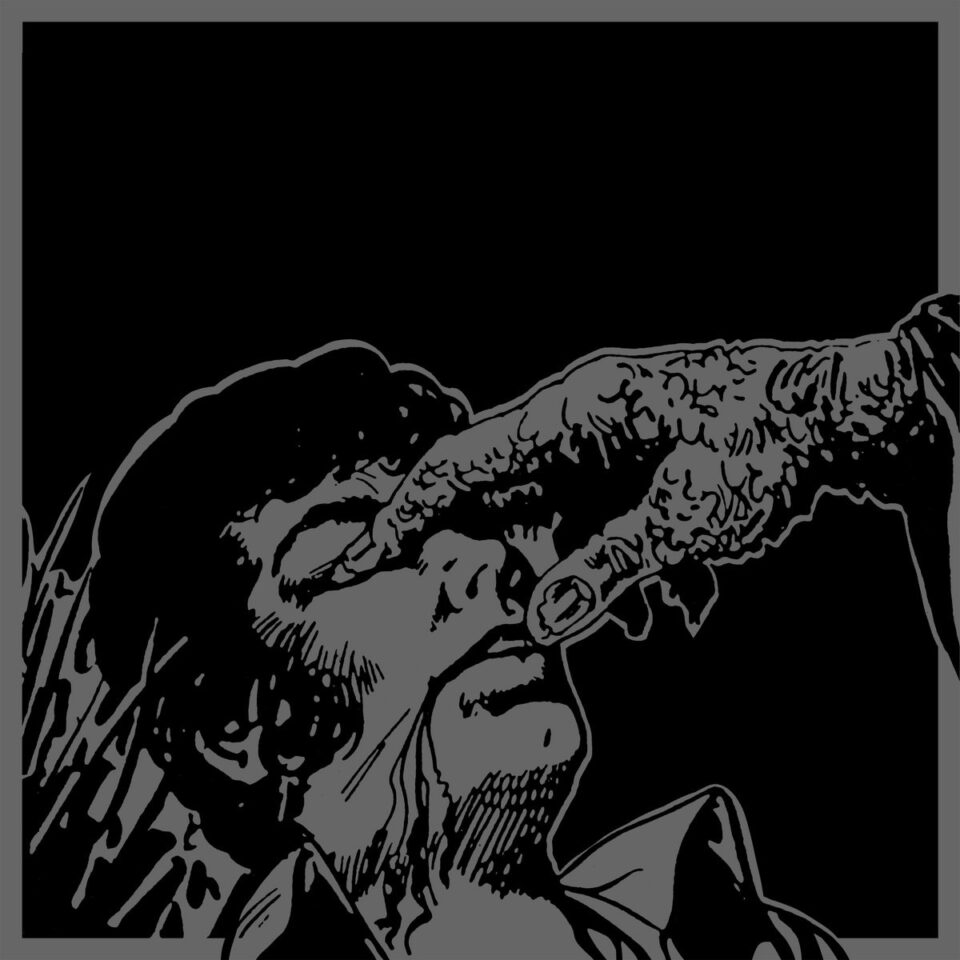Director Martin Scorsese doing a Netflix mini-series on humorist Fran Lebowitz with Pretend It’s a City documents a quintessential Manhattan-in-the-’70s moment, filled with fast-talking wit and world-weary cynicism indicative of each player’s apex. Before its first episode wrapped—all filled with speeding taxi cabs and Mayor Abe Beame hailing NYC’s glories—Scorsese went for the trifecta: presenting Technicolor footage of the New York Dolls at their tacky, glam-rock finest, before talking of the Dolls home base, Mercer Hall, crumbling to the ground. One day it was there, and the next it was gone, intone Lebowitz and Scorsese to the sights and sounds of Dolls co-founders David Johansen and Sylvain Sylvain glittering up their shimmering, sequined, and speed-balled brand of neo-Stones-y rock, and harmonizing in each other’s faces.
What Damon is to Pythias, what Richards is to Jagger, rhythm guitarist and vocalist Syl Sylvain is to Johansen: the cranky, cocky hero’s cracked, actorly, angelic buddy. Even now in his death at age 69—a passing just announced after fighting a two-year battle with cancer—their memory, their lean-and-leering grace, are intertwined.
Author, guitarist, and Patti Smith Band co-pilot Lenny Kaye wrote in a brief letter accompanying the announcement of Sylvain’s death: “Syl loved rock and roll. His onstage joy, his radiant smile as he chopped at his guitar, revealed the sense of wonder he must have felt at the age of 10, emigrating from his native Cairo with his family in 1961, the ship pulling into New York Harbor and seeing the Statue of Liberty for the first time. His role in the band was as lynchpin, keeping the revolving satellites of his bandmates in precision. Though he tried valiantly to keep the band going, in the end the Dolls’ moral fable overwhelmed them, not before seeding an influence that would engender many rock generations yet to come.”
Born in Egypt as Sylvain Mizrahi in 1951, the guitarist was known first and last for forming the glam punk avatars the New York Dolls with his new friend, Johansen, in 1971. Along with co-writing signature Dolls tracks such as “Trash” and “Frankenstein,” Sylvain played guitar, bass, and piano on the band’s self-titled album from 1973 and its messy follow up, 1974’s Too Much Too Soon; two albums that sold little, but, like Eno said of the Velvet Underground, the punks who did buy those hair-sprayed hymns went on to form their own glam-garage ensembles.
Shorter than Johansen, with a mop of curly hair and a predilection for apple caps, boroughs-accented vocals, and Phil Spectorian rhythms, Sylvain remained a member of the Dolls until their 1977 break up (the latter-day Dolls managed by none less than the Machiavellian Malcolm McLaren) before going on to his own plush, spunky Dolls-ish solo albums such as his eponymous 1979 debut and 1981’s Syl Sylvain and the Teardrops. Sylvain rarely strayed far from Johansen, however, and when Morrissey coaxed the Dolls—or what was left of them after the deaths of Billy Murcia, Johnny Thunders, and Jerry Nolan—out of retirement to reunite in the 21st century, it was Sylvain, Johansen, and Arthur Kane (who passed in 2004) who answered the calls with perfectly decadent Dolls-like recordings such as One Day It Will Please Us to Remember Even This, Cause I Sez So, and the aptly titled Dancing Backwards in High Heels.
He will be missed.









